By Louise Irvine
We went batty at WMODA with our Halloween festivities to open our latest exhibitions. Bats fly about in Halloween décor because of their sinister reputation and they have been much maligned throughout history. Their bad press has increased recently as they have been blamed as a possible source of the pandemic. In some cultures, including China, bats are auspicious and symbolize transformation and rebirth. The fact is bats perform a vitally important ecological role in nature for pollination, seed dispersal, and insect control.
Bats are good omens in Chinese mythology and five bats represent the five causes of happiness: wealth, health, long life, virtue, and a natural death. Chinese art strongly influenced the British potter, Bernard Moore, who developed lustrous rouge flambe glazes inspired by Chinese reduction-fired glazes. Bats were one of his favorite decorative motifs for the vases and ginger jars that he produced in the early 1900s.
Bats appear frequently in Art Nouveau design at the turn of the last century which was a period of great social change and dynamic ideas. The French actress, Sarah Bernhardt, identified with bats and wore a stuffed bat on her hat instead of the fashionable bird wings. She sculpted a self-portrait as a Sphinx with bat wings and griffin claws to use as an inkwell. Bats were also a popular motif in Art Nouveau jewelry created in enameled metal or glass by René Lalique.
Romany gypsies believed that bats were the bearers of good luck and gave out small bags of dead bat bones as lucky charms. In Latin culture, bats are seen as symbols of good fortune. Bacardi, the Cuban rum producer, made the fruit bat their official logo in 1890, acknowledging their debt to these sugarcane pollinators which also devour destructive insects. Bacardi’s pollinator garden at their facility in Puerto Rico has been a successful initiative to protect several endangered species of sugar-loving bats and other wildlife.
Bats appear in two of Aesop’s fables which focus on the ambiguous nature between the birds and the beasts. Because the bat did not declare as one or the other in the great war of the animals, he was condemned by both parties and skulked off to live in caves and deserted ruins, not daring to show his face except at nightfall. In another fable, the bat manages to convince one weasel that he is a mouse and the other that he is a bird and so escapes with his life. The moral of the tales – see which way the wind blows before you commit yourself.
Bats are the only mammals capable of sustained flight and this has made them the most widely dispersed group of mammals in the world. Megabats include some of the largest species, like the flying fox of Java with a wingspan of six feet. They are also known as fruit bats because of their diet of fruit, flowers, and nectar. Microbats feed mainly on insects and are among the smallest mammals in the world. The Bumblebee Bat is less than an inch in length.
The Vampire bat, which feeds on the blood of other mammals, is the species most responsible for giving the bat population an evil reputation. In 1897, the Irish author, Bram Stoker, took the characteristics of the Vampire bat to create the blood-sucking, shape-shifting vampire legend of Dracula. In contrast, Batman, the comic-book superhero inspired by a bat, is a vigilante with a strong sense of justice who has patrolled the streets of Gotham City at night since 1939. The bat gets bad press again as a crazed killer in Vincent Price’s horror movie from 1959 which has a tag line “If he flies, someone dies.”
Fear and superstitious dread of bats goes back to medieval times in Europe when they were thought to be the familiars of witches and were used in their magic spells. You can read one of the potions, which had to be stirred with a bat’s claws, on the Royal Doulton Wizard figure! Bat blood added to a drink was believed to make someone more passionate and a concoction of powdered bat wings and coconut oil could prevent greying hair or balding. Bat blood was also a witch’s ingredient for flying ointment or seeing in the dark. As recently as 1962, bat blood was banned in voodoo drugs sold in New York but in modern medicine, bat saliva is a potent anticoagulant.
Shakespeare immortalized the bat as Ariel’s steed in The Tempest and Edmund Dulac depicts the sprite flying merrily on a bat’s back in his 1906 illustrations. Wedgwood designer, Daisy Makeig Jones, adapted this image in her Fairyland Lustre collection. She also featured bats in her Ghostly Wood pattern and she described her ghostly apparitions “holding the flaming torches of their souls” among “trees with demon’s heads in place of leaves while bats and elves hang on their branches”.
Most bats are nocturnal and roost in hollow trees and dark caves which has added to their association with the underworld and supernatural forces. A Mayan deity, the god of the caves, had the body of a human with the head and wings of a bat. In some ancient cultures, bats were considered physical manifestations of the souls of the dead. They have been regarded as symbols of death but also of transition and rebirth. Several species of bats swarm and migrate in October and November which is another explanation for their association with Halloween and All Souls Day, also known as the Day of the Dead.
Popular literature and films in the early 1900s continued to demonize bats and bat-like costumes represented devilish characters on stage. The French variety actress Alice Delicia came to the attention of the British censors for the skin-tight black bat costume that she wore to portray Lucifer. Theater audiences in Europe and America also enjoyed the comic operetta Die Fledermaus known as The Revenge of the Bat by Johann Strauss. Bat-wing outfits were popular at costume parties of the roaring twenties and were portrayed in porcelain by sculptors, such as Josef Lorenzl for Goldscheider and Leslie Harradine for Royal Doulton.
The word “vamp” was derived from vampires to describe seductive femmes fatales and many adopted batwing sleeves for their alluring gowns. The sleeve style dates back to the Middle Ages and it was revived in the glamorous 1940s. It remains a popular choice today, particularly in black, for a Gothic look at Halloween. See the dancing bat figurines in the Fire & Soul exhibit at WMODA which opens on October 30.
Read more...
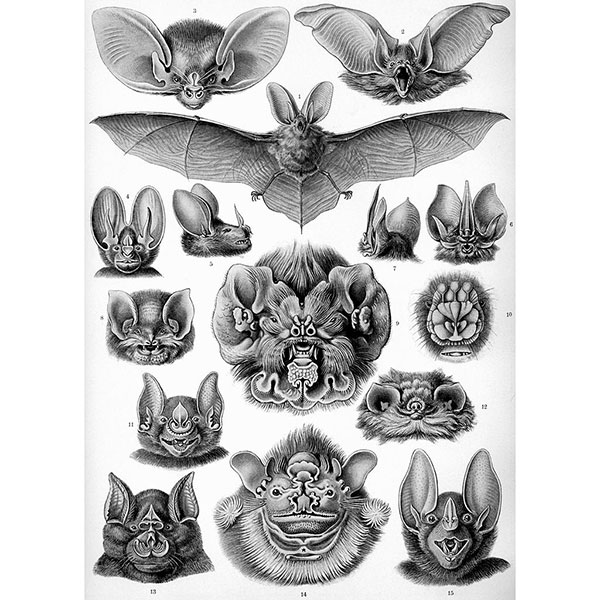
Bats by Haeckel
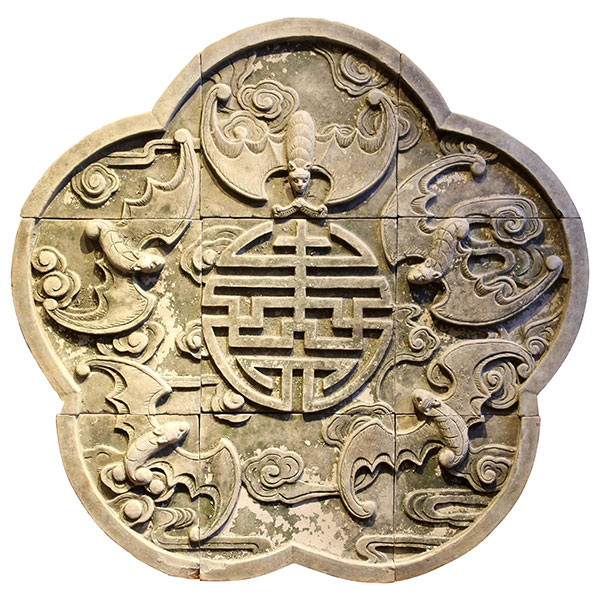
Chinese Five Bats terracotta medallion
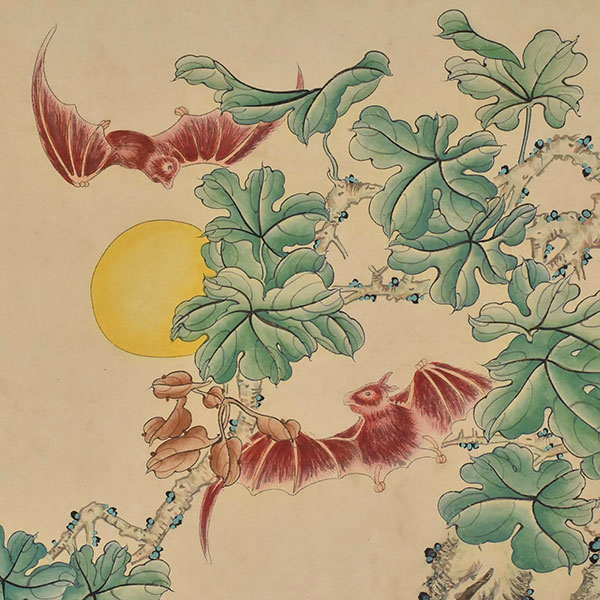
Chinese Bat Art
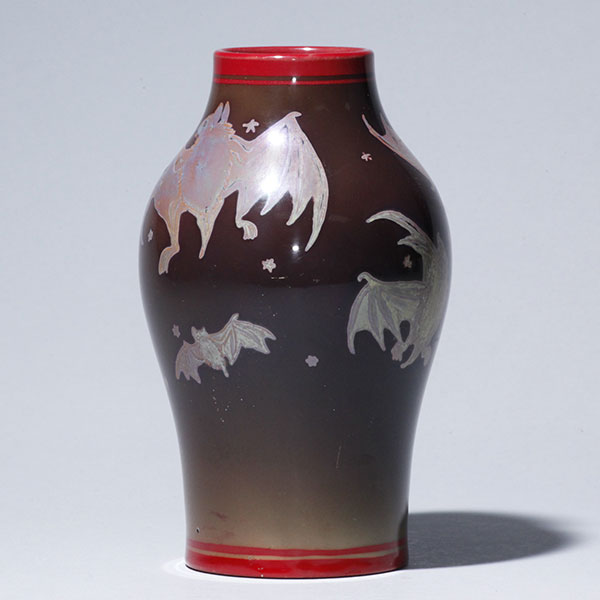
Bernard Moore Flambe Bats Vase
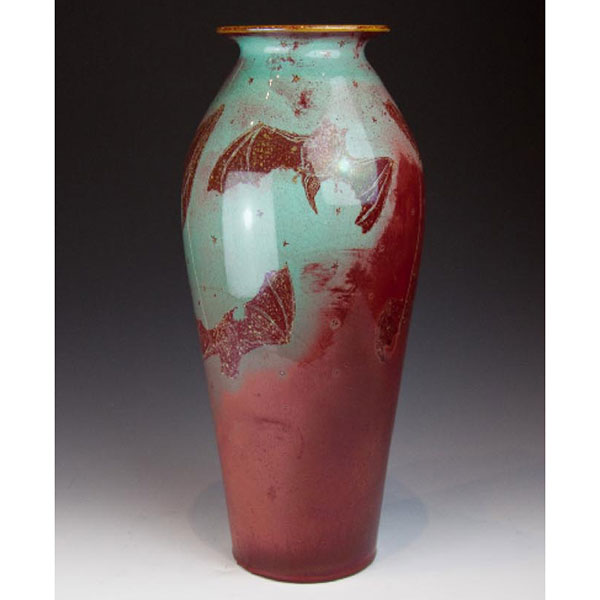
Bernard Moore Flambe Bats Vase
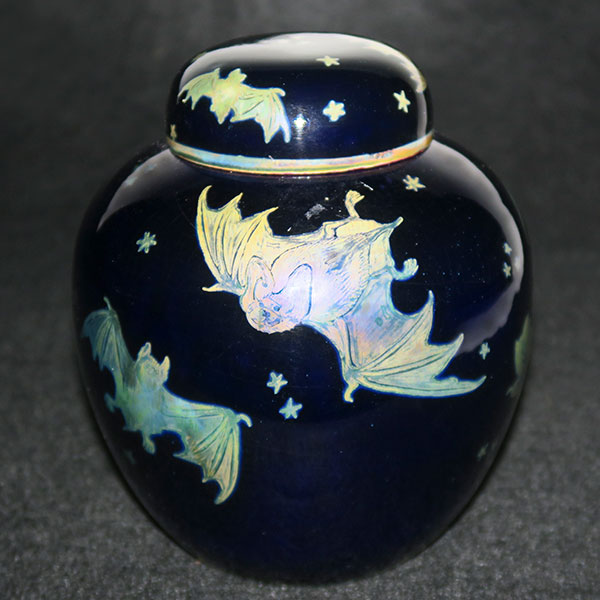
Bernard Moore Bats Ginger Jar
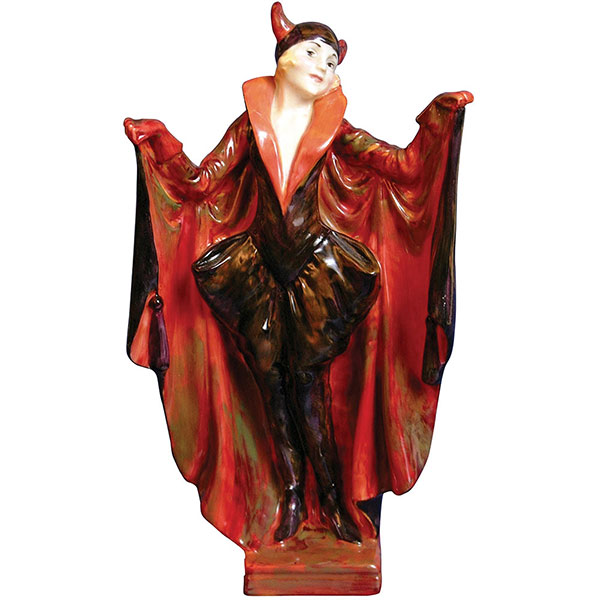
Royal Doulton Marietta by L. Harradine
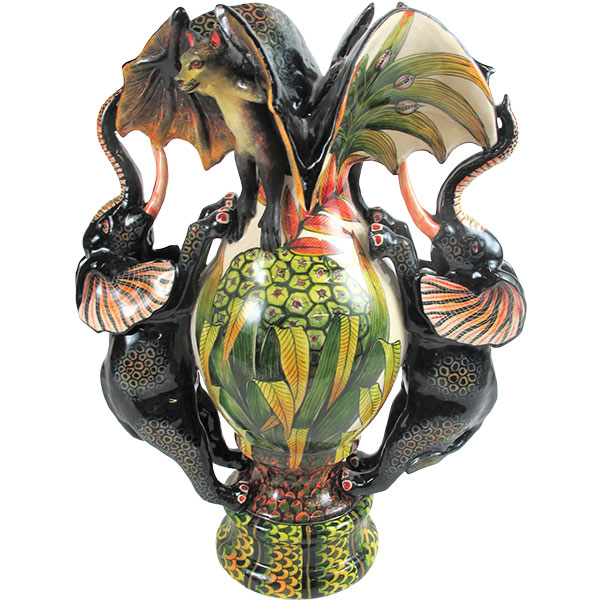
Ardmore Elephants and Bats Vase
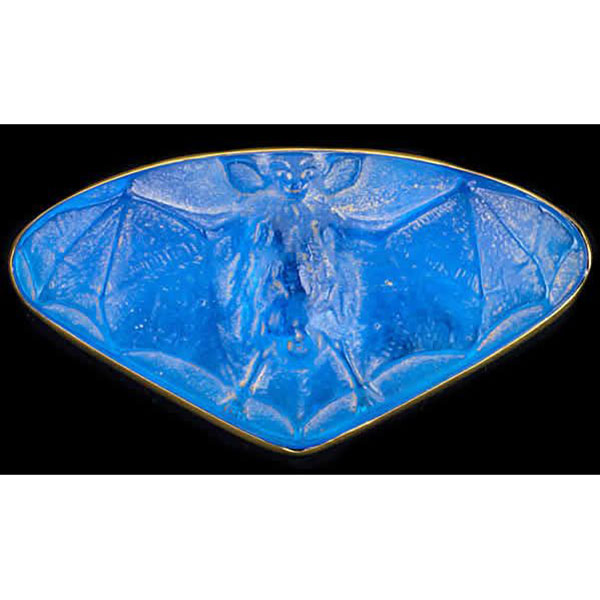
Lalique Bat Brooch
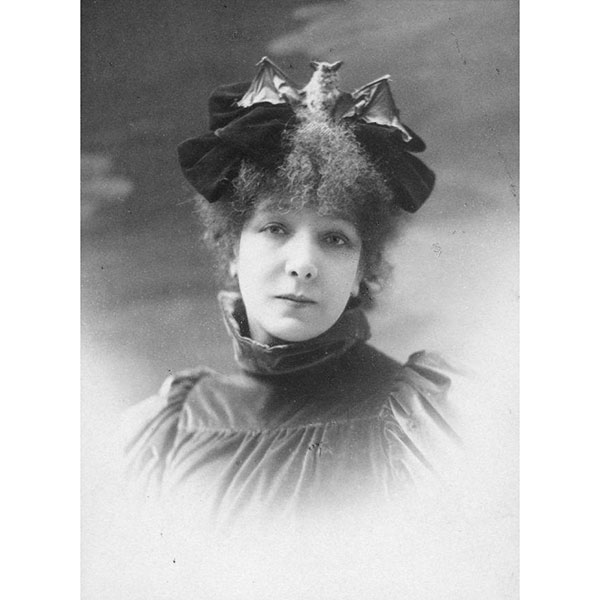
Sarah Bernhardt Bat Hat
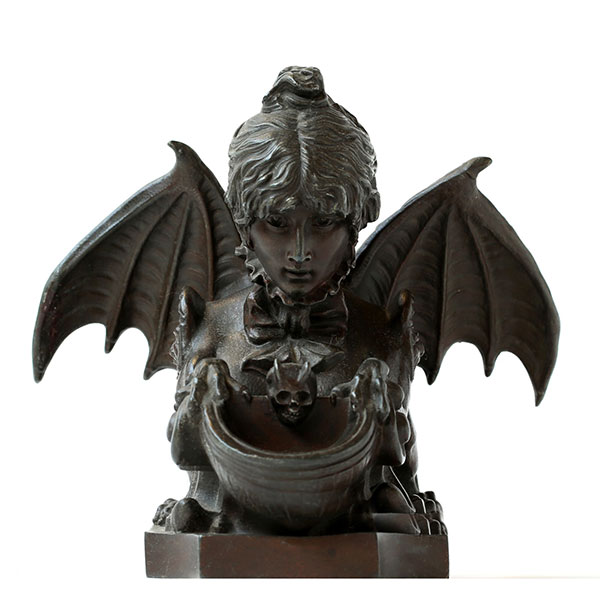
Sphinx Inkwell by Sarah Bernhardt
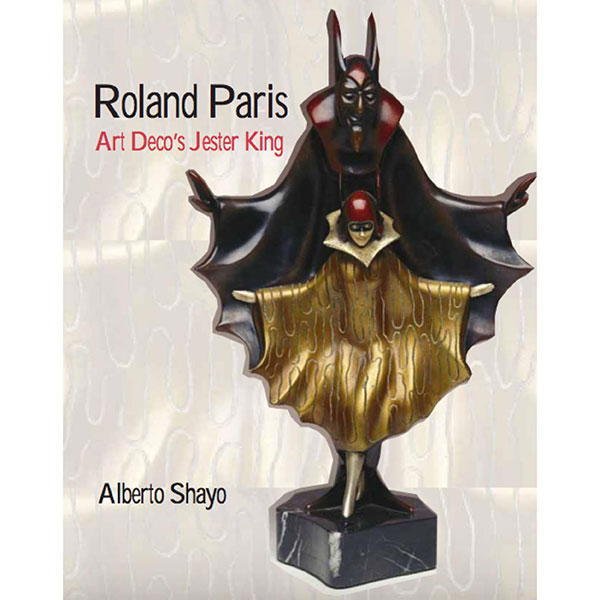
Roland Paris Bat Lady Shayo
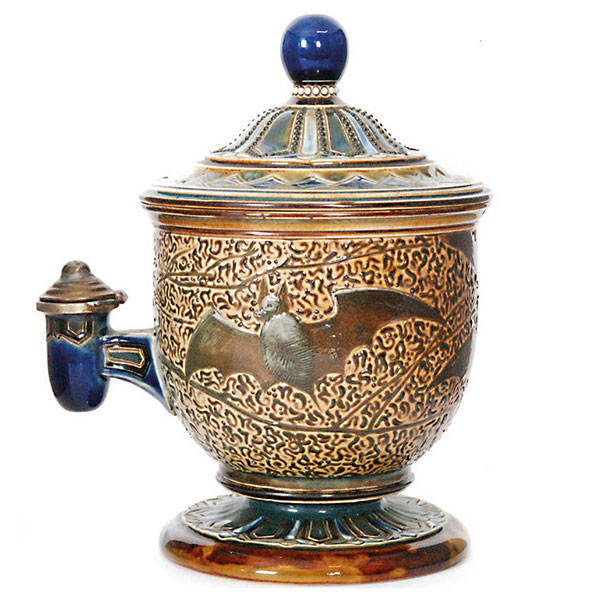
Doulton Lambeth Bat Isobath inkwell courtesy Colin Roberts
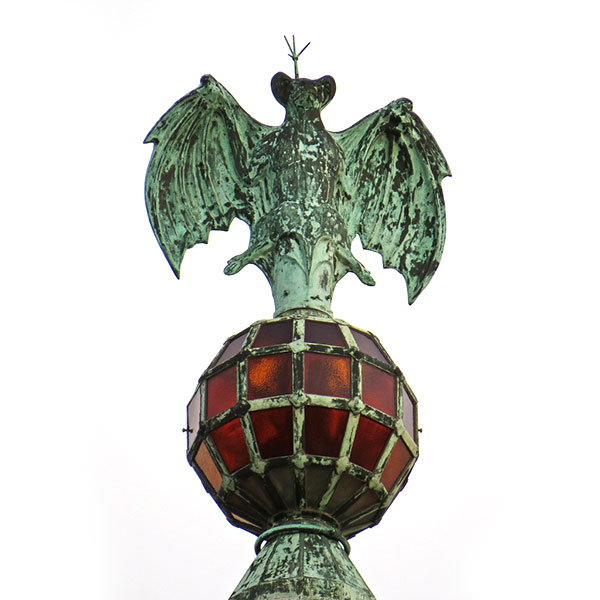
Bacardi bat
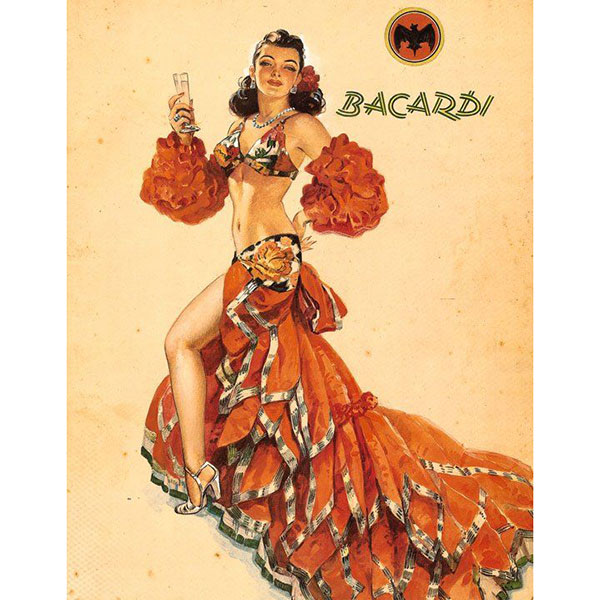
Bacardi ad
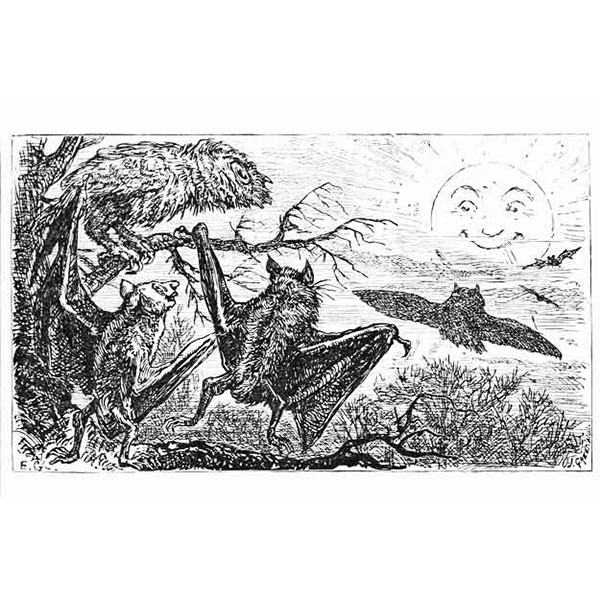
The Owls, the Bats and the Sun by Griset
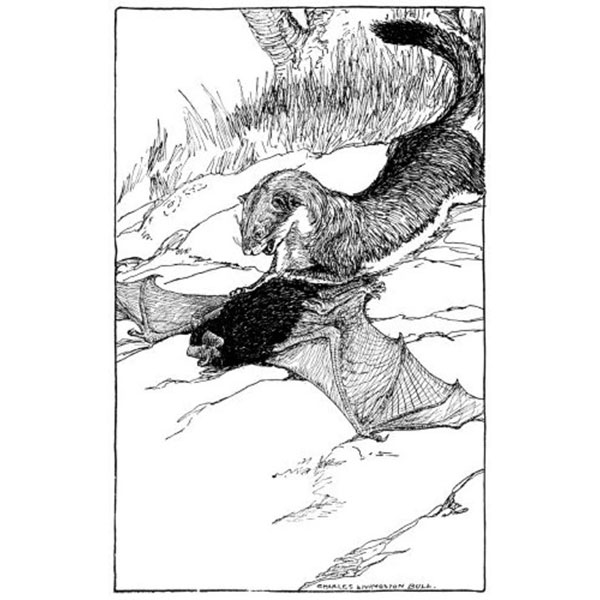
Bat & Weasels by C. L Bull
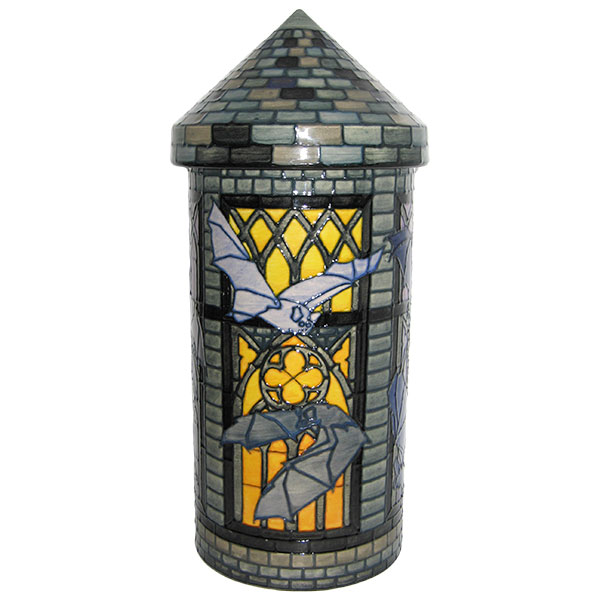
Dennis Chinaworks Jar by S. Tuffin
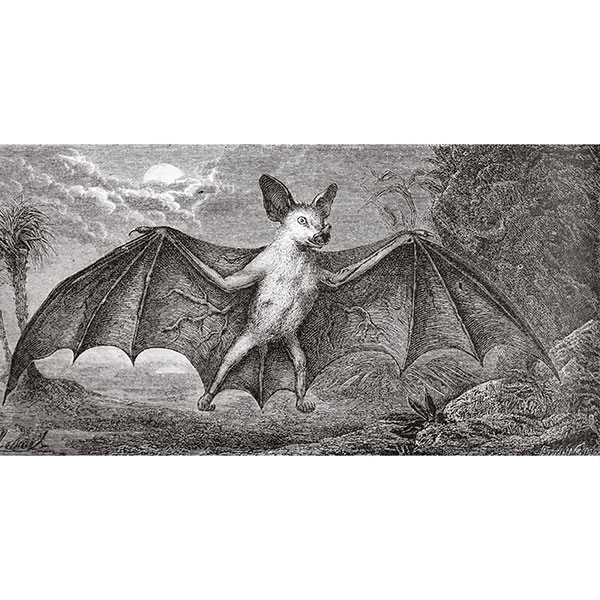
Bat Engraving
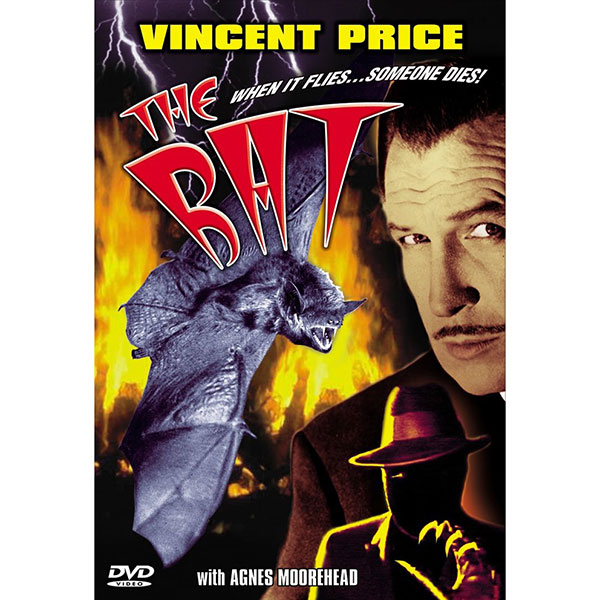
The Bat When it Flies
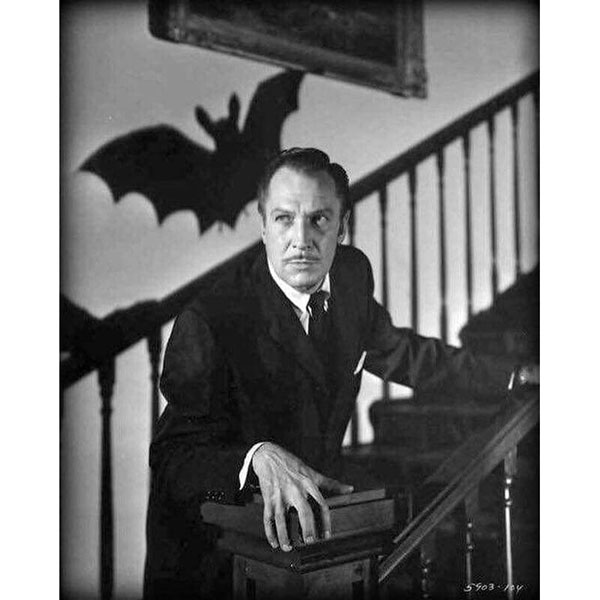
Vincent Price in The Bat
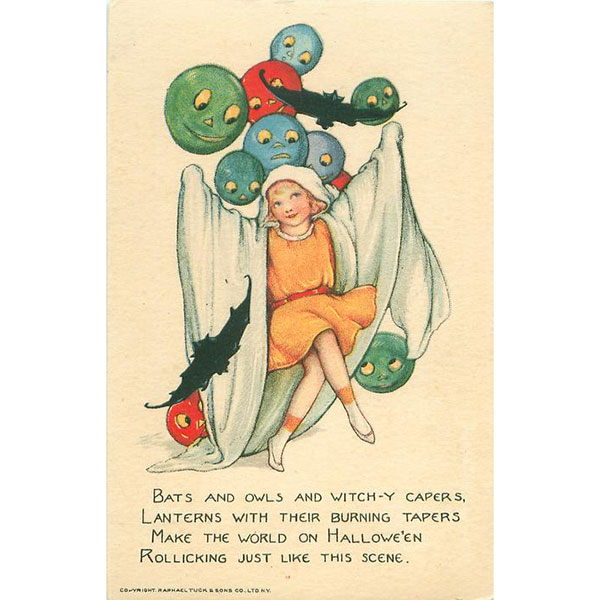
Raphael Tuck Halloween card
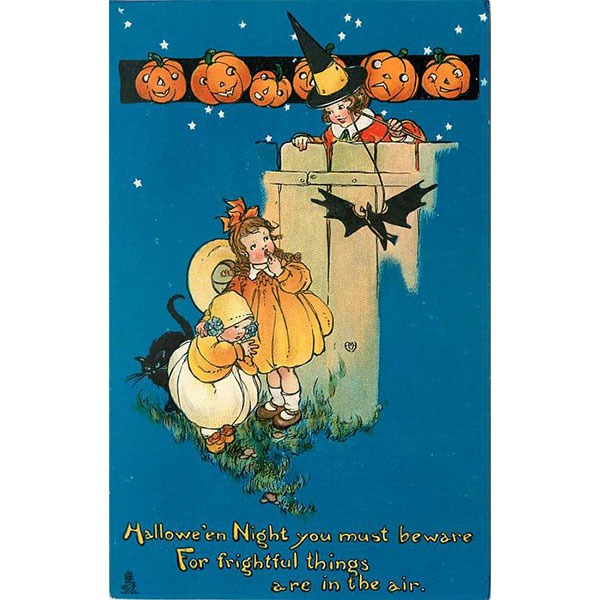
Raphael Tuck Halloween card
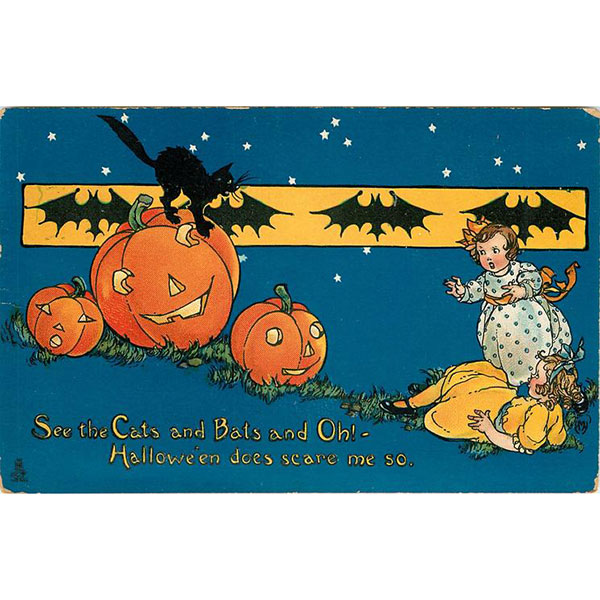
Raphael Tuck Halloween card
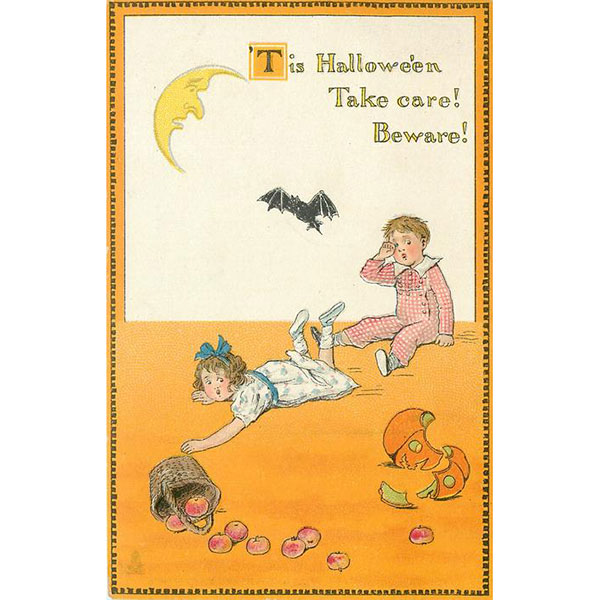
Raphael Tuck Halloween card
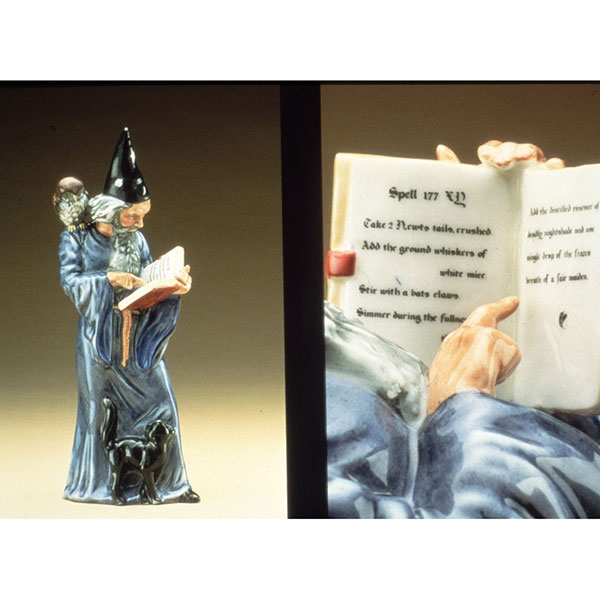
Royal Doulton Wizard with Spells by A. Maslankowski
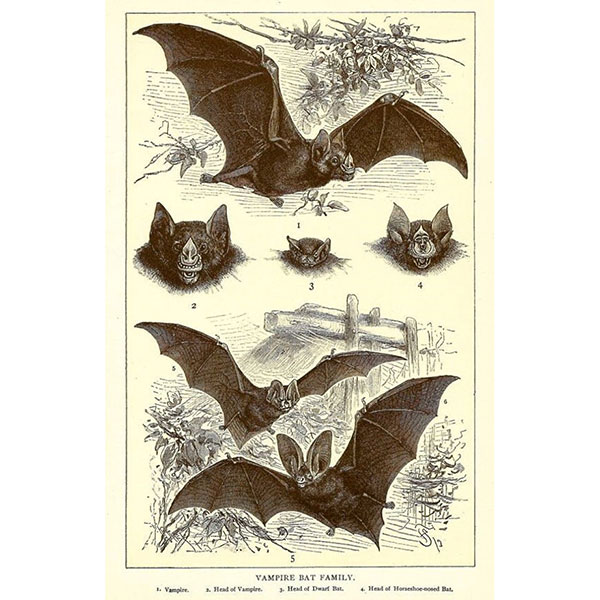
Vampire Bat Family
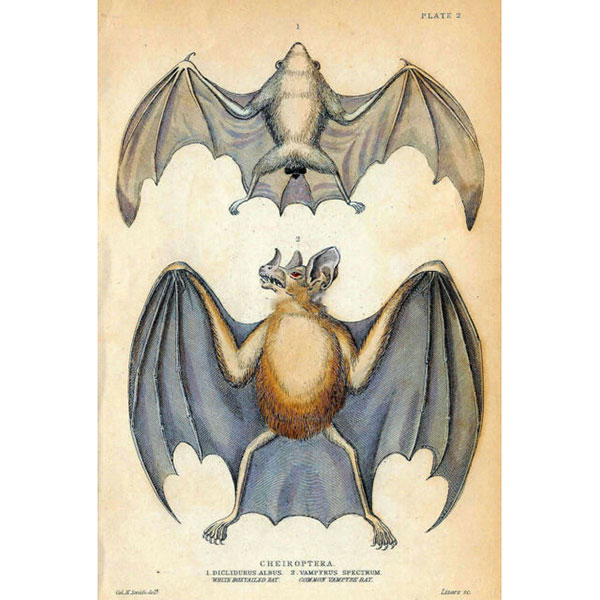
Vampire Bat
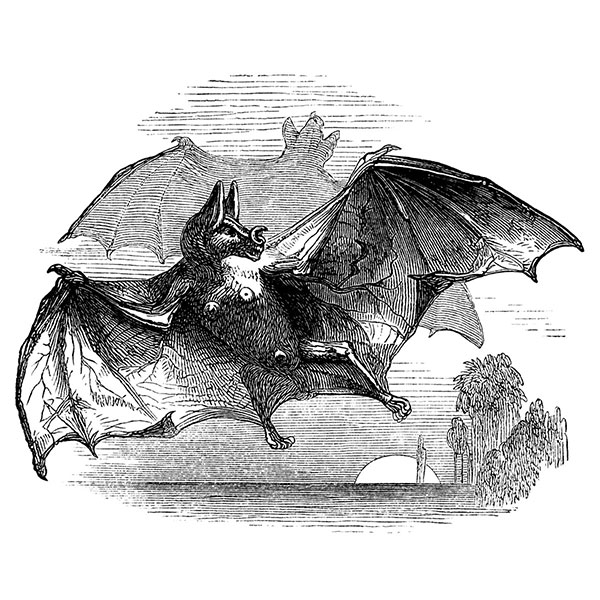
Vampire Bat
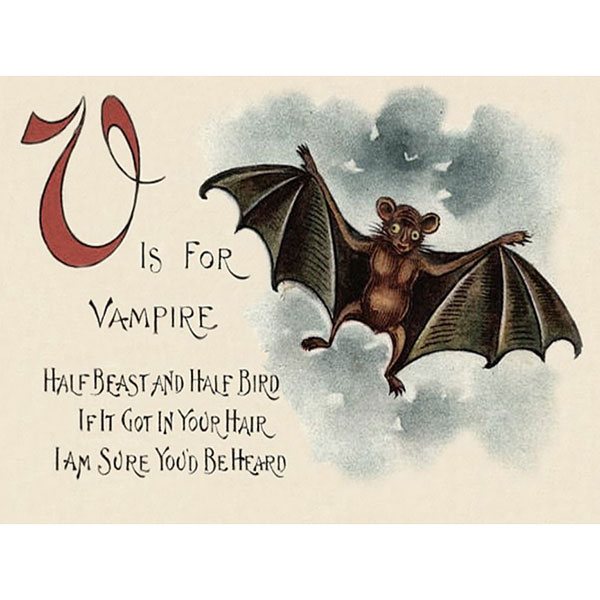
Vampire Bat card
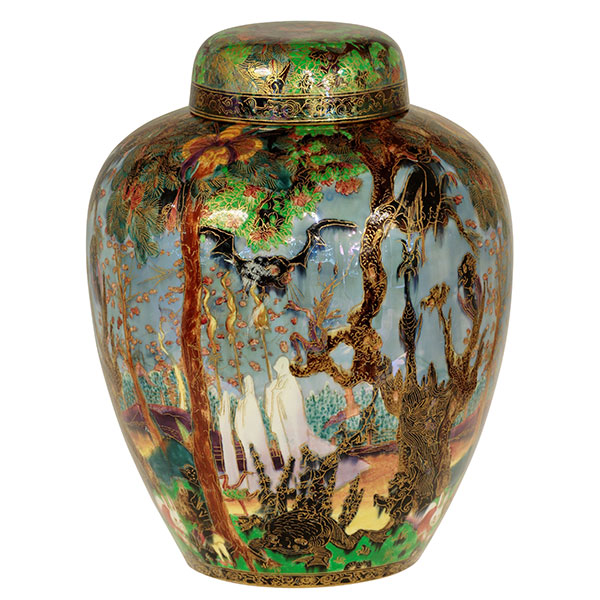
Wedgwood Fairyland Lustre Ghostly Wood by D. Makeig Jones
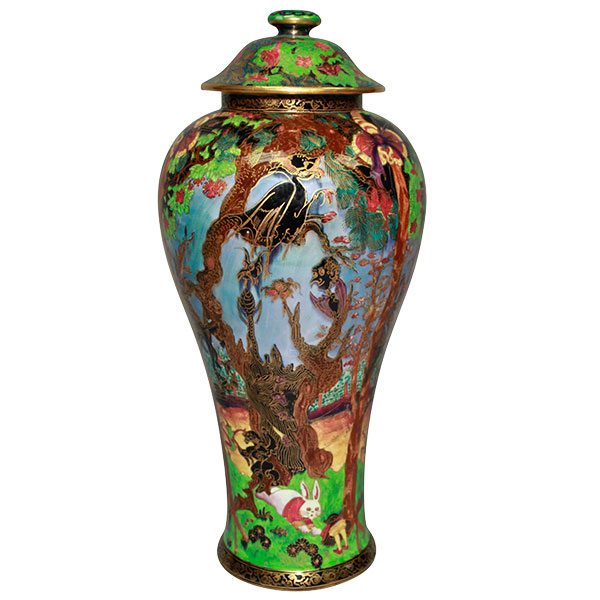
Wedgwood Fairyland Lustre Ghostly Wood by D. Makeig Jones
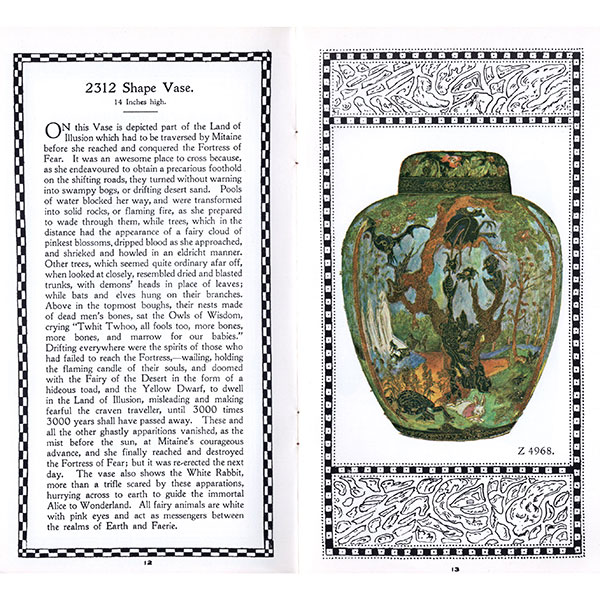
Wedgwood Glimpses of Fairyland by D. Makeig Jones
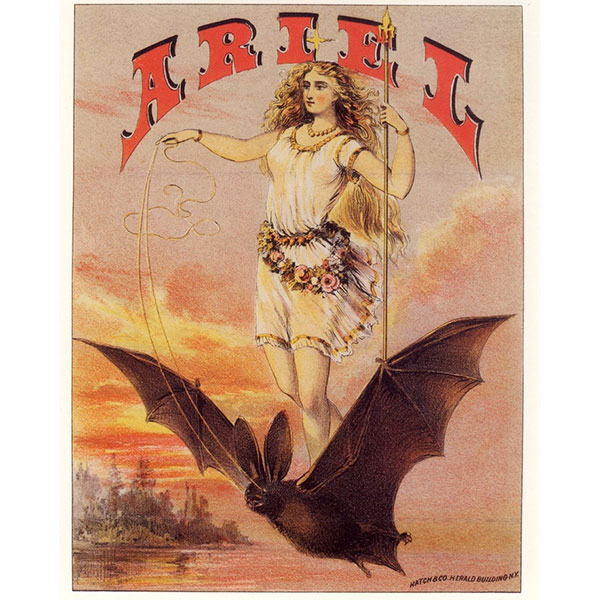
Ariel on Bat
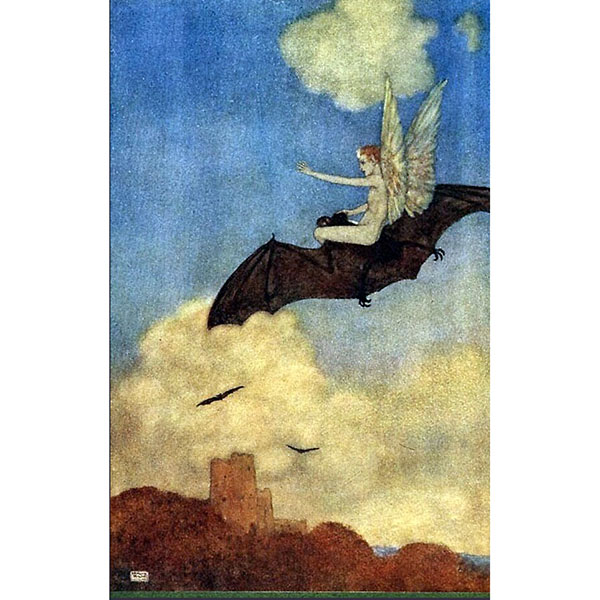
Ariel on a Bat's Back in the Tempest by E. Dulac
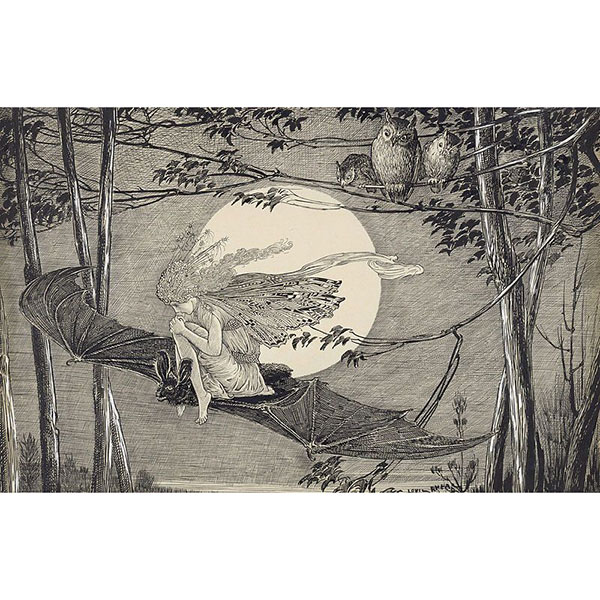
Fairy on Bat
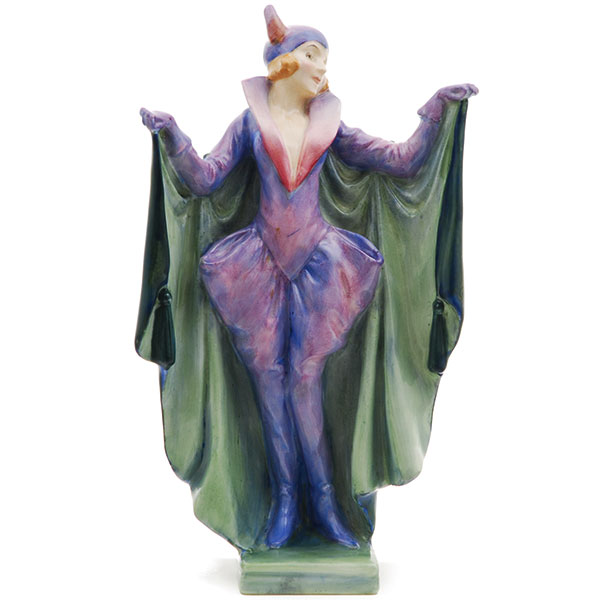
Royal Doulton Marietta by L. Harradine
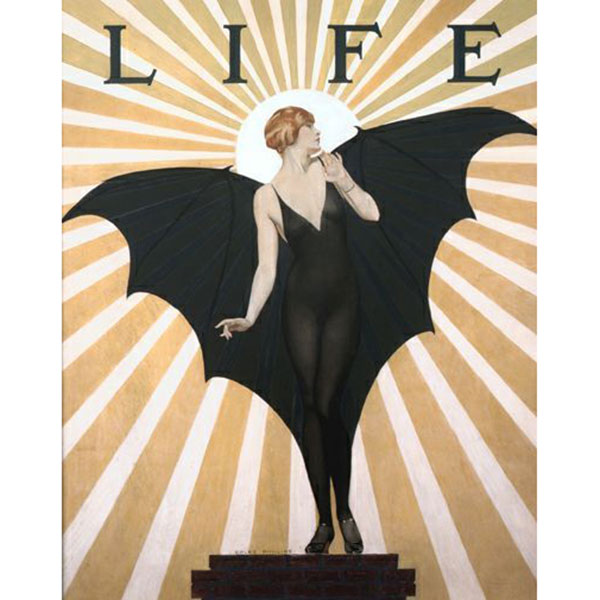
1927 Life Magazine Cover by C. Phllips
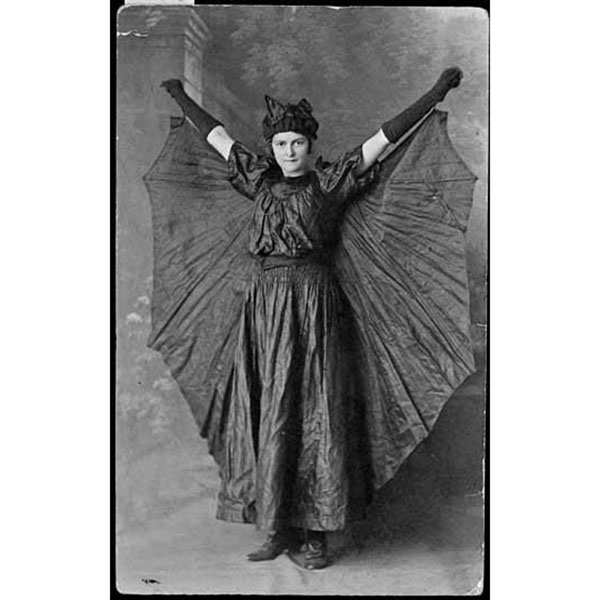
Vampire bat costume
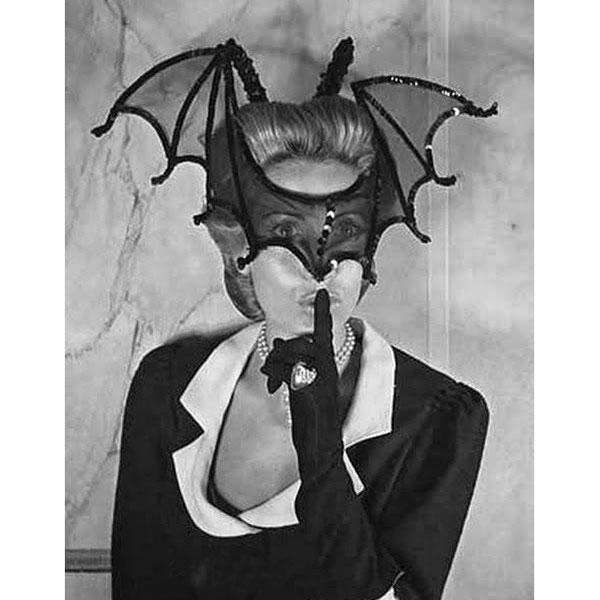
Vintage bat mask
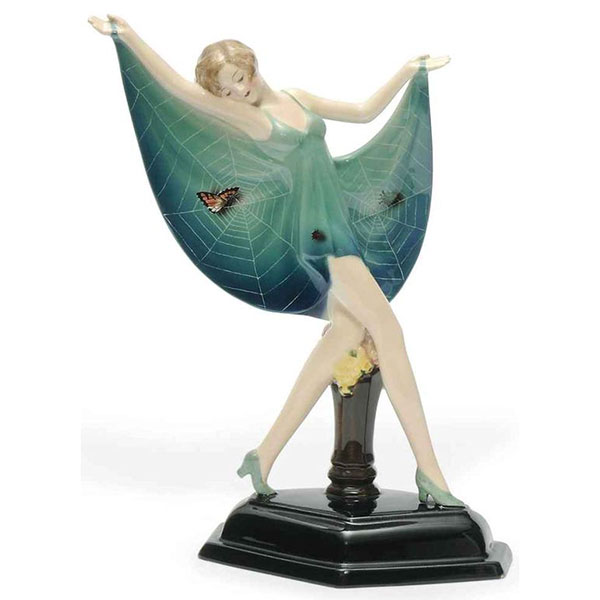
Goldscheider Dancer by J. Lorenzl
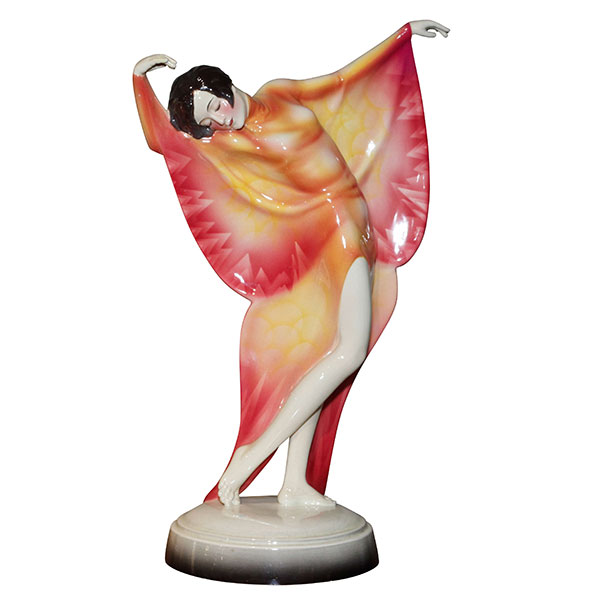
Goldscheider Dancer by J. Lorenzl
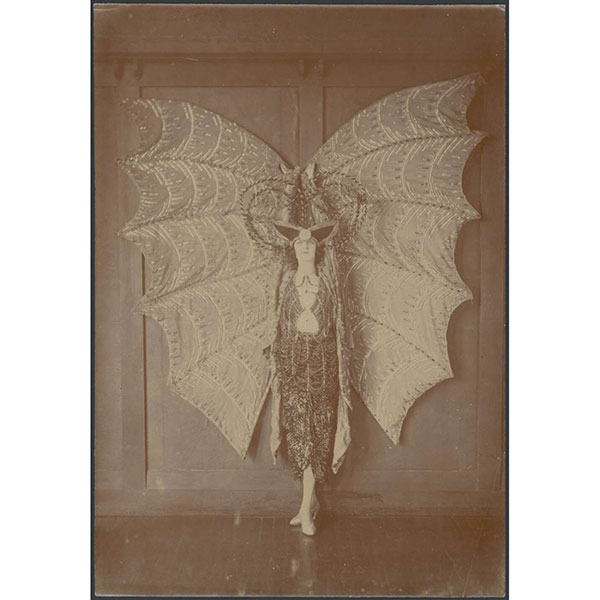
Bat Costume c1925
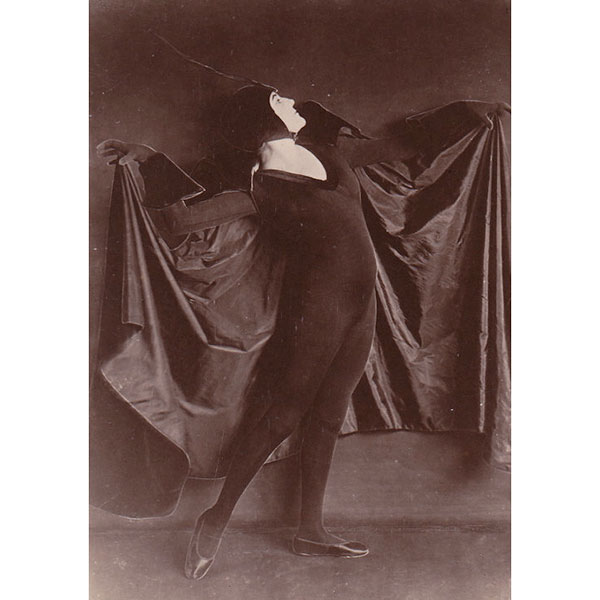
Alice Delysia in Lucifer
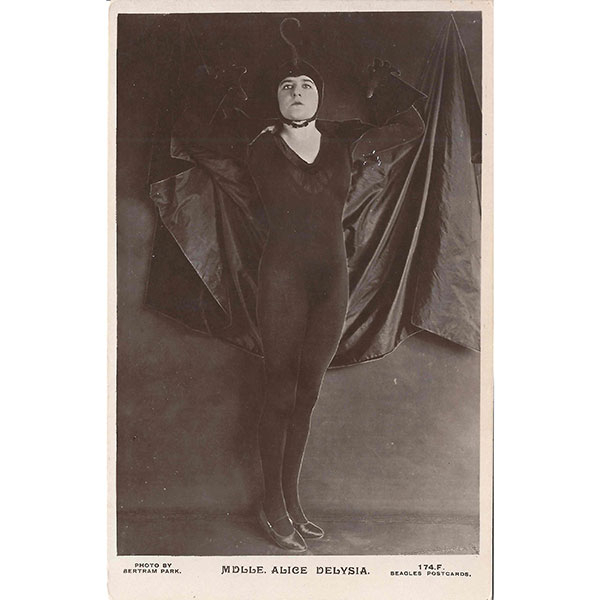
Alice Delysia in Lucifer
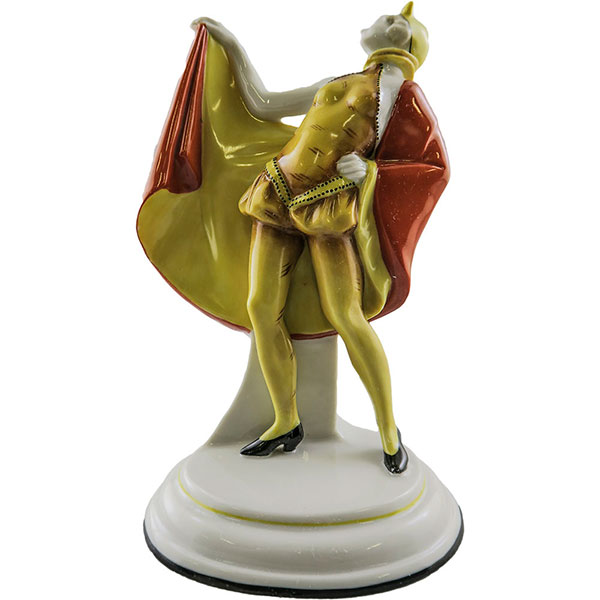
Galluba & Hofman Bat Woman
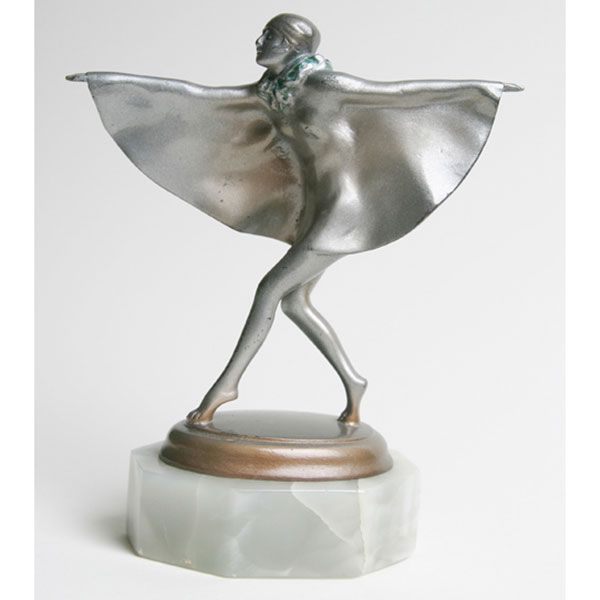
Bat Dancer by J. Lorenzl
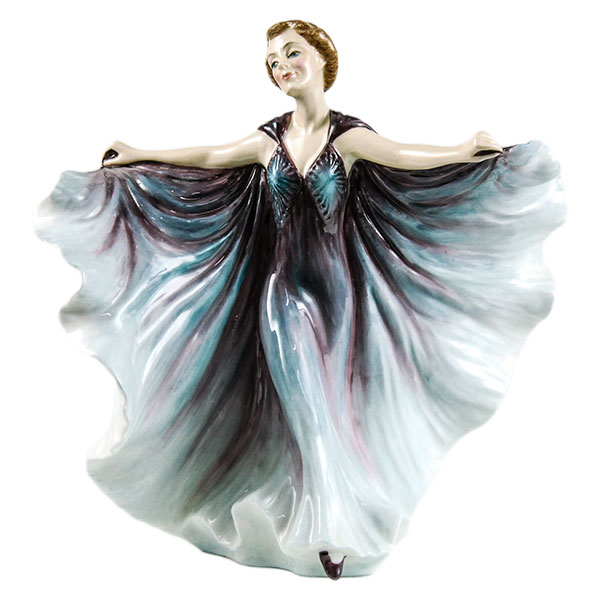
Royal Doulton Bat Evening Gown by P. Gee
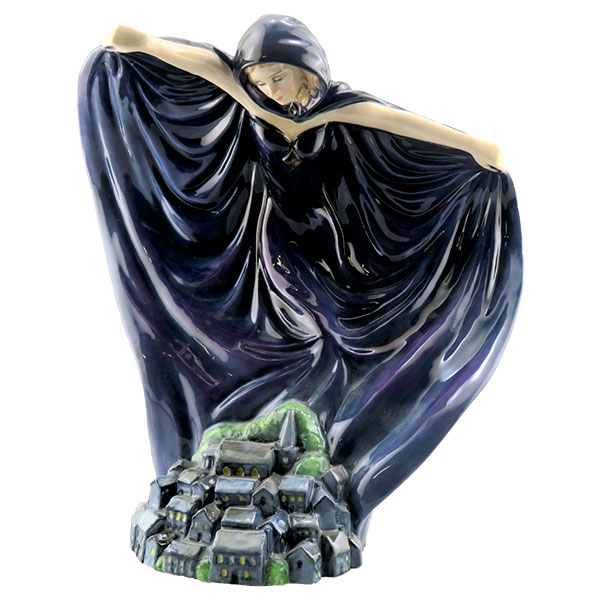
Royal Doulton Protoype Night
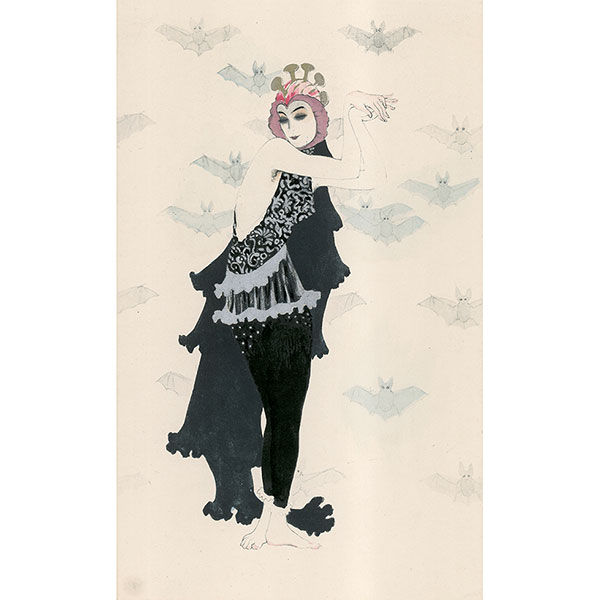
Bats by W. Schnackenberg
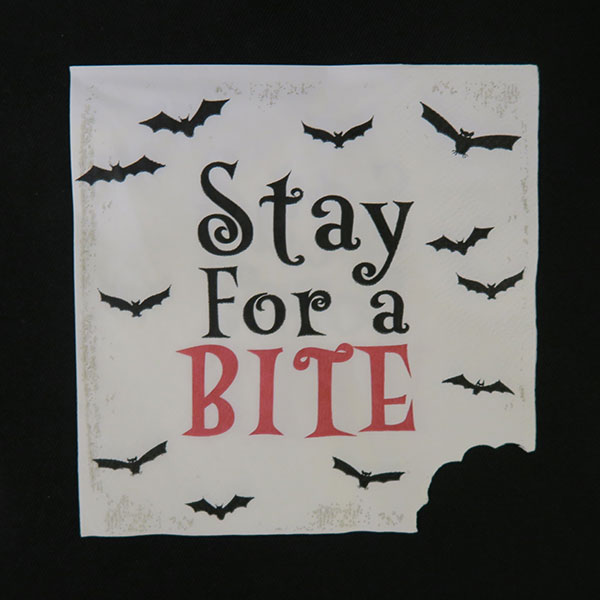
Stay for a Bite
